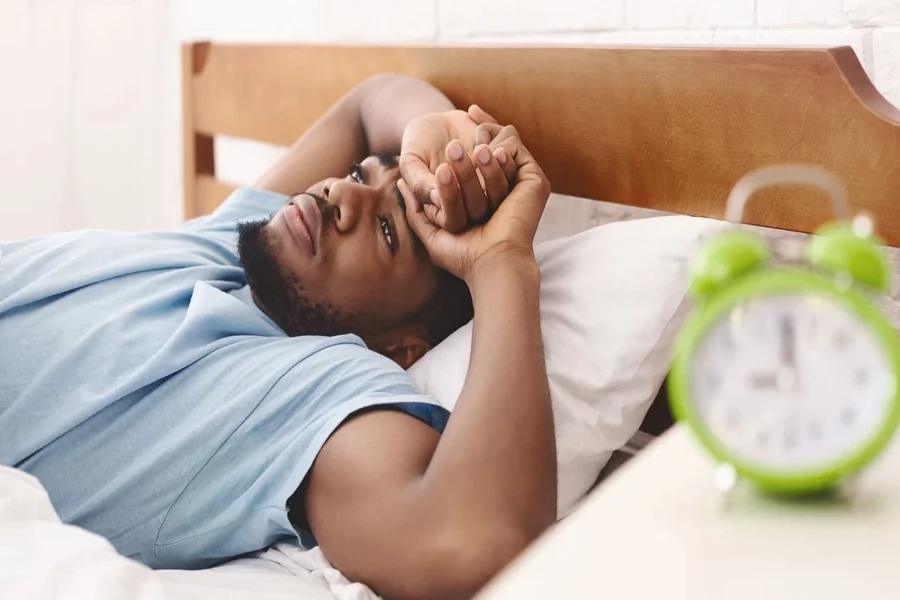You might not realize it, but your dentist plays a crucial role in spotting the early signs of sleep apnea. Sleep apnea is more common than you think, and catching it early can make a big difference. Bucks County dentists are trained to notice signs that you might not see yourself. During a regular check-up, your dentist checks for certain symptoms. They look for things like worn teeth or a small jaw. These can signal potential problems with how you breathe while sleeping. Identifying these signs early can lead to better sleep and improved health. Addressing sleep apnea might prevent more serious issues down the road. So, next time you visit your dentist, remember they could be a vital ally in improving your sleep and overall wellbeing. They have the expertise to bring sleep apnea out of the shadows. Better health starts with a simple check-up.
Understanding Sleep Apnea
Sleep apnea affects millions of people. It is a condition where breathing repeatedly stops and starts during sleep. This can lead to fragmented sleep and reduced oxygen in the blood. Over time, untreated sleep apnea can lead to serious health issues such as high blood pressure, heart disease, and stroke. Recognizing the symptoms early is crucial for effective management.
Common Signs Your Dentist Looks For
Your dentist looks for several signs that might indicate sleep apnea:
- Teeth Grinding (Bruxism): Many with sleep apnea grind their teeth during sleep, causing wear and tear.
- Jaw Structure: A small jaw or overbite can restrict airways.
- Enlarged Tongue or Tonsils: These can block airways during sleep.
How Often Should You Visit the Dentist?
Regular dental visits are key. Most experts recommend visiting twice a year. These visits allow your dentist to monitor any changes in your oral health that may indicate sleep apnea.
Data on Sleep Apnea and Dental Health
The relationship between sleep apnea and dental health is increasingly recognized. Below is a simple table highlighting some important data points from relevant studies:
| Indicator | Presence in Sleep Apnea Patients |
| Bruxism | 70% |
| Small Jaw Structure | 60% |
| Enlarged Tonsils | 55% |
Next Steps if Sleep Apnea is Suspected
If your dentist suspects sleep apnea, they might refer you to a sleep specialist for further testing. A sleep study can confirm the diagnosis. Once confirmed, treatments are available. These include lifestyle changes, CPAP machines, and dental appliances.
Dental appliances, often recommended by dentists, help keep your airway open during sleep. They adjust the position of your jaw and tongue, promoting better breathing.
The Role of the Dentist Beyond Diagnosis
Your dentist can support your sleep apnea treatment. They can provide custom dental appliances and work with your sleep specialist to track progress. This collaborative approach enhances treatment effectiveness.
The Impact of Early Intervention
Early detection and treatment of sleep apnea can significantly improve your quality of life. Better sleep leads to higher energy levels, improved mood, and better focus during the day. Moreover, addressing sleep apnea can reduce the risk of associated health problems.
For more information about sleep apnea and the role of dentists, visit National Institute of Dental and Craniofacial Research.
Take Action Now
Sleep apnea is more manageable when caught early. By attending regular dental check-ups, you ensure any signs are spotted swiftly. Remember, your dentist is not just there for your teeth, but for your overall health. Start today by scheduling your next dental visit.
Taking action now means embracing better health and a brighter outlook. Trust in your dentist’s expertise to guide you toward restful nights and energetic days, as recommended by blessingstimes.

